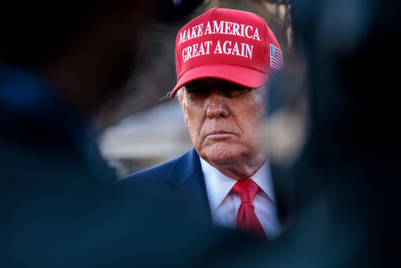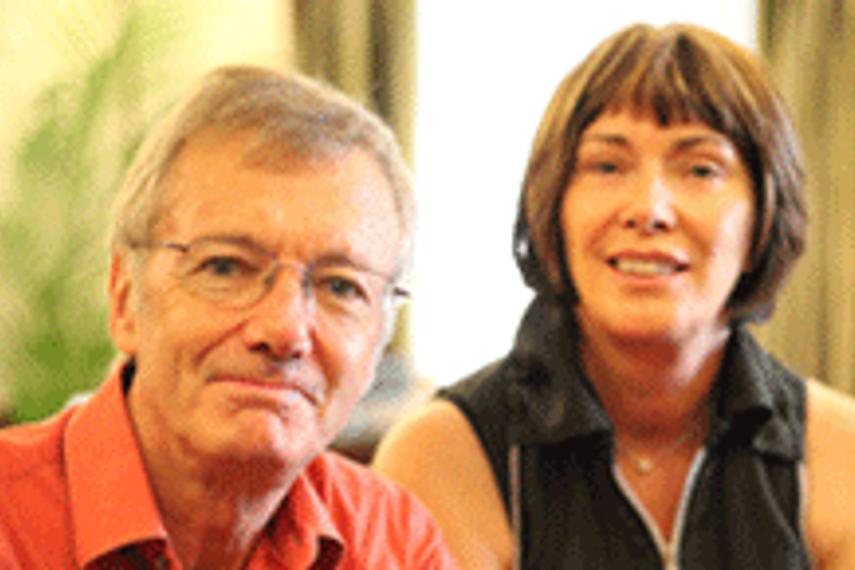
Worldwide Media, the joint venture between The Times of India Group and BBC Worldwide recently launched the Lonely Planet magazine in India. Campaign India caught up with Tony (pictured, left) and Maureen Wheeler (pictured, right), founders of the Lonely Planet series and Nick Brett, group editorial director, BBC Magazines, on their visit to Mumbai, to understand their plans for the Indian market.
Excerpts from the interview.
CI: What made you think India was ready for Lonely Planet?
Tony: I think India has been ready for Lonely Planet for a long time. We did our first India guide back in 1980, which was published in 1981, and the next time we came back to India, it was essentially a bad time for overseas visitors coming to India. We started to see Indians using our book within India. It’s always interesting when you go to a country and find your book being used not by people from overseas, but locally. To answer your question, it was a number of factors really – the interest of travel within India, the interest of going out of India and just the recognition about brands. I love it when I go to shops anywhere, whether it’s in Colaba or to an airport shop anywhere in the world and I see our books. In fact, whenever I’m traveling and just before the plane lands, I walk around the aircraft just to see who’s looking at the book. The first thing they’re looking at is how much time will it take them to get into the city from the airport and how much it will cost them.
CI: What is the brand ‘Lonely Planet’ about? How would you go about defining it?
Tony: In a way, I somehow hate the word ‘brand’. But it is a brand, however, it is a thing that people recognise, there is an image behind it and it stands for something. The Lonely Planet brand is the love of travel, it’s a passion, it is curiousity, it’s also the realisation of the importance of travel. Travel is a two-way thing. It’s not just us going there it’s also their coming to us, too, and it’s this contact between people.
CI:Why do a print version? Why not do a dotcom only?
Maureen: Because we already have a very good website. I think there are certain things a magazine does that a website just doesn’t do. I think a website helps in planning what you want to do or even just browsing through and seeing what catches your eye. Magazines have a very visual inspiration. You want to find more about the place. If you look at the cover of our magazine, you’re immediately drawn in by ’10 Hot Trips’ and you wonder what they are and wonder “Have I been there?” You can just look at a magazine, you can pick it up, put it down and get a sense of the writing. The writing isn’t necessarily giving you all the practical information, although we do give practical information in the magazine, but that’s a small part of it. The books are mainly about background and practical information. But the magazine gives you the space to dream about a place and about the journey you might make and you start thinking about that. I think once you’ve done that, the website or a guidebook is the next step. The magazine is the first bit.
CI: How would you control the editorial quality, sitting wherever you are in the world?
Tony: We go through the magazine, check that we’re happy with the quality and generally we are. There are lots of others. The most immediate check is with the people who will buy it. If they don’t buy it, it’s a sign that the magazine’s not good. If they do buy it and like it, they may write in and say “Hey I don’t like that particular article” or “We should have more of this”, that’s showing you something. I’ve meet the editor (Vardhan Kondvikar) quite a few times now and he seems to know what he’s doing.
Nick: Vardhan has joined us from Top Gear magazine which we launched four years ago. It was a bumpy launch. He came in, relaunched it and did a fantastic job. He comes from a travel background, his family, actually. He’s passionate about the brand, has worked very hard in understanding the brand, absorbing it and getting into the skin of it. He’s put together a very talented team. But Tony is right. Quality is judged by readers. If they don’t come back to you, you’re obviously doing something wrong. We have regulatory controls in, we have no end of experts who are ready to look at the magazine and tell us where it’s going right or wrong.
It’s sort of the spirit of the times, where in this digital world we live in, everyone is a critic. People are blogging and it’s never been easier to generate copy. We decided that amongst all our 60 odd magazines, this would be the most interactive magazine. Apart from the network of writers that we have, we have a reader network. We decided we’d make that message very prominent. The very first thing we put in the magazine is a postcard section. We tell our readers, ‘Wherever you are in a world, send us a postcard and tell us where you’ve been and what you’ve seen. That really runs the flagpole to tell our readers “We care about you and respect your views so much, that we actually are giving you first position in the magazine.”
CI: Why did you choose India when you could have chosen a lot of countries before you came to India?
Nick: We are a large magazine company in Britain. Six or seven years ago, we felt the world was the future. Our magazine portfolio was quite mature and we wanted to expand internationally. When we noticed that regulations have been relaxed in India, to allow foreign investment in domestic media, we moved quickly. We believed The Times of India and BBC was a good fit. The Times of India had a very impressive magazine portfolio like Femina, the largest women’s magazine in India; Filmfare, almost the Bible for Bollywood film-goers and we have some great brands as well. We got together with them and set up a 50:50 joint venture.
We believe we would be successful here if we had an Indian partner. I think it’s true to say as well, that our Indian partner was more interested in newspapers than they were in their magazines. So they brought to the marriage Femina and Filmfare and we brought in Top Gear and BBC Good Homes. And then between us, to get size and scale, we went out looking for other publishers and we acquired license from Mondadori for Grazia and from Spanish publishers for Hello! magazine. That began to give us a portfolio. BBC Worldwide and Lonely Planet then hooked up together and one of the tasks I was asked to do was to bring to life a dream that Tony and Maureen had for years which was to start a magazine. We believe in complimentary media, media that works together. India is in love with magazines at the moment. It’s a fantastic market for magazines. We believe that with Lonely Planet, which is such a strong brand here already, we already have a headstart.
CI: If a person had never read lonely Planet but started reading it, what are the changes you’d like to see in the reader at the end of six months?
Maureen: The first thing is, what happens to the reader...That’s a good way of putting it. If you were to do that for six months, I would hope and how I would see the brand affecting you would be that at the end of six months, you would start thinking, “Oh, I can do this, I can travel to this place, it’s not that hard. I’ll know where to eat, where to sleep and how to get there from A to B. I’m going to go online and see if I can get tickets to fly there. And then, I’m going to take that book and the book is going to give me the confidence to travel, maybe further than I would have, a little bit deeper than I would have. And when I travel, I won’t feel like a tourist who doesn’t know anything. I will know something. I will know what kind of food people eat. I will know five words to say like thank you, goodbye, hello. I will know the customs – do people eat with their hand, do they eat with spoons and forks, I will know these things because Lonely Planet has given me that background and with that I will have the tools to travel and to experience the place in a way that I wouldn’t have without the book.
Tony: I think that one of the things we can certainly see with this first issue is that it’s not just the other side of the world, we’re right in your own doorstep. So I think we’re doing this with the UK edition as well. Something like “This time I want to go just ten or a hundred miles down the road. Maybe next summer or next year I’ll go to New York or I’ll go to South America or I’ll go somewhere far away. But you know, it’s a whole gamut of choices right from the place around the corner or far away.
Maureen: We would hope that even if it was in your doorstep, you would find out something more about that you wouldn’t have known otherwise.
We don’t have all the information because it is a magazine or a guide book, but maybe it’ll prompt you to go a little bit deeper to find out more information which is where the web might be more useful.
CI: Will we see a lot of India focus on web? Will there be an India-focused website?
Nick: Yes, there will be in time. I believe that a part of the brand values of Lonely Planet is the belief that travel is a force for good in the world, a way to respect, understand and get close to people, to observe them not just from a traditional tourist point of view, but to actually get to know a country and understand its cultures and values, it is a force for good in the world.
CI: Who is your core reader in India? How would you define him?
Nick: I hesitate, because Vardhan would probably be the better person to speak about this. That’s why we have an Indian editor, when most of our competitors don’t. We expect Vardhan to really understand our reader well. While we think there are some differences, family travel is probably more important here more than it is in our UK edition, where the reader tends to be younger or either in a couple or single. However, we think it’s the generation of young, affluent Indians. The balance should be about 60:40 – 60% of international travel and 40% of domestic travel. So, Indian people who have a desire to get to know their own country better but also are enjoying the excitement of travelling abroad.
CI: Do you see the Conde Nast Traveller as a competitor?
Maureen: Not really. It’s a different kind of magazine. I read Conde Nast Traveller and love how you can sit, read and look at beautiful hotels and wonderful beaches and lovely things to do. But a lot of hotels are pitched in a very expensive bracket. And a lot of hotels are the destination. When you read the Conde Nast Traveller magazine, we find that the hotels themselves seem to be the destination rather than the country around it, so that you go to this hotel, it’s beautiful, there’s a wonderful restaurant where you relax completely and there’s a spa. You come back feeling fabulous. I get that. But it’s a different kind of thing from what we do. What we try to do is say “Hey come to this place, there is somewhere to stay and if there’s a really nice hotel we will certainly mention it, but, it’s all about getting to the place, seeing what is there in the place and exploring it. It’s engagement with the place itself rather than just a way to get away from everything. It’s actually to go there not to get away to become part of it and engage with it.
Nick: There’s a lot of difference in the engagement point that we mentioned with the postcards, the interactivity and the travel community. We’re a magazine always making points about wanting to understand a culture, a society or a way of life.
Did you see a difference in the advertising that comes to Lonely Planet?
Maureen: We’ve got some great ads. We’re very pleased with the number of ads that we’ve got. I think there are 50 pages there.
Tony: You’ll probably find in some issues that the mix of advertising is going to change as the magazine becomes more established.
Nick: I think we’ll get more travel advertising.
CI: Is that a problem? In many way here, you’re having to educate people on the need to advertise as well, considering you have a bit of a pioneer status here. People who are unused to advertising, you might have to get them to advertise.
Maureen: We found that the brand is so well known and understood, especially by whoever is in that kind of industry. They know about the Lonely Planet brand and so there are a lot of people who are very willing to be associated with that, regardless of what the magazine is. But I think once the magazine has been out for a couple of months and there’s a greater understanding of what it’s about, we’ll see the advertising may grow a change and become more of a mix. But I would say that at the moment, we’re doing very well to attract the kind of advertisers that we already have.
Nick: I believe your earlier point of how big the magazine is, that’s very impressive. There are 50 plus advertisements in this magazine and I’m told of a very good yield. It can only get better. What we’ve leveraged at the moment are the advertisers who come to Femina, Filmfare, Grazia or our other magazines.
Maureen: We don’t really know at this stage. We know what we’ll be looking for and we already have the BBC guidelines on what kind of advertising we take. Lonely Planet too, has its guidelines. Anything that fits within those guidelines is accepted...
CI: What is excluded from those guidelines? Who cannot advertise in Lonely Planet?
Nick: We don’t take tobacco advertising.
CI: A lot of your targets in the tourism sector aren’t used to advertising at all, or they are used to advertising at very low prices. Is that a problem that you’ve been facing?
Nick: I don’t think so.
CI: If you came back one year from now, how would you like to see the magazine change?
Tony: Going through the first issue, you would obviously find some mistakes. You always end up feeling ‘I wish we’d done that’ or ‘I’d wish we’d changed that’. Or there may be something you find on the cover that you can’t see in the contents. These are the sort of little things you’d expect. I don’t think there would be quite as much Indian generated content in every issue or as a very large percentage in this first issue.
There would be content from this that would go out to the other magazine. The UK edition would look through this magazine and say “Hey there’s a corner of India we didn’t know about, so why don’t we pull this out of the Indian magazine and run it in the UK one?” This is something you won’t be seeing here at all, but will be appreciated.
Nick: For me in a year’s time it will be the point that the three of us have all made, about how you stand for or by your readership. When I come back in a year I’ll be looking at the data that we have on how big a community it is of Lonely Planet fans, of how many postcards we’ve received, how many emails, how many letters, how our readership and awareness has grown. Joji will take care of the advertising and I expect we’ll have grown into an exciting category and some of our traditional advertisers, people who we’re meeting to building a relationship for the first time in the travel industry which we know less well.
CI: Would you be tempted to go Hindi?
Nick: We’ve certainly considered it. One of our recent initiatives was the launch of Femina Hindi, which has done remarkably well. It hasn’t cannibalised the mother edition, either. It’s certainly an opportunity we’re looking at here as well. What do you think?
CI: The larger tourist would be more comfortable in the vernacular. The larger volumes, the numbers, to be precise.
Maureen: I’d be delighted if we were to bring out a Hindi version. That would however depend on the success of the magazine, how quickly we can think about that. I think the backpacker image is the image that we started with. It’s an excellent image to begin with. Backpackers are great travellers. They’re the pioneers in travel and the ones who find the places. We’re very keen on backpackers. But over the years, when we do the Madrid section in the magazine for instance, we do the budget, mid-range and then luxury which is very very expensive. So we actually have a range over the years. Our shoestring books are only for backpackers’ budgets. But all of our other books take in every range and that’s something consciously done. Our readership is right across the range. So you’ll find that in all of these places we’ve recommended, even Kolkata, for example, we’ve put in budget hotels but we’ll also put in the more expensive hotels. And in the all the places that we recommend, we also have a section where our staff here insisted on doing, was ‘Fancy a curry?’ In every city round the world we tell our readers a place to find a place where they can eat Indian food. Italian food or French food, for instance, is very bland from Indian food.
Nick: I think those of us who were backpackers in the 60s, what happened to us when we grew up? We’re quite successful and yet, back to your word ‘brand’, the brand that we grew up with and the brand that we love is Lonely Planet because it still holds some of those values that we hold dear when we were young. It also has that spirit of adventure.


.jpg&h=334&w=500&q=100&v=20250320&c=1)
.jpg&h=334&w=500&q=100&v=20250320&c=1)



.jpg&h=334&w=500&q=100&v=20250320&c=1)
.jpg&h=334&w=500&q=100&v=20250320&c=1)


.jpg&h=334&w=500&q=100&v=20250320&c=1)
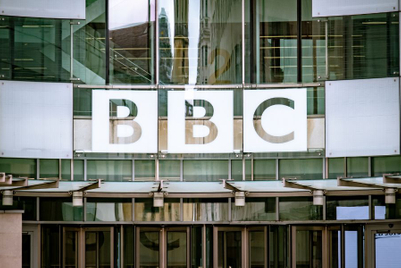
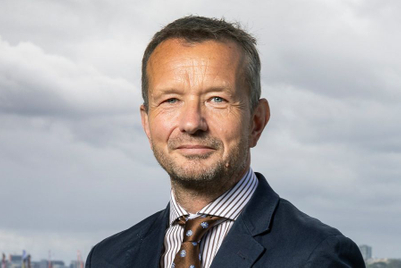
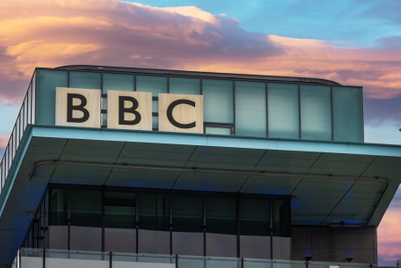
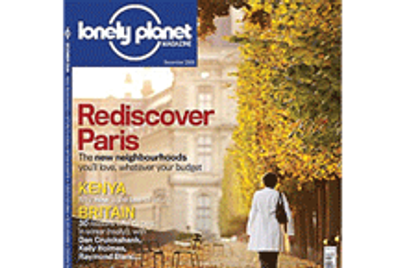

.jpg&h=268&w=401&q=100&v=20250320&c=1)

